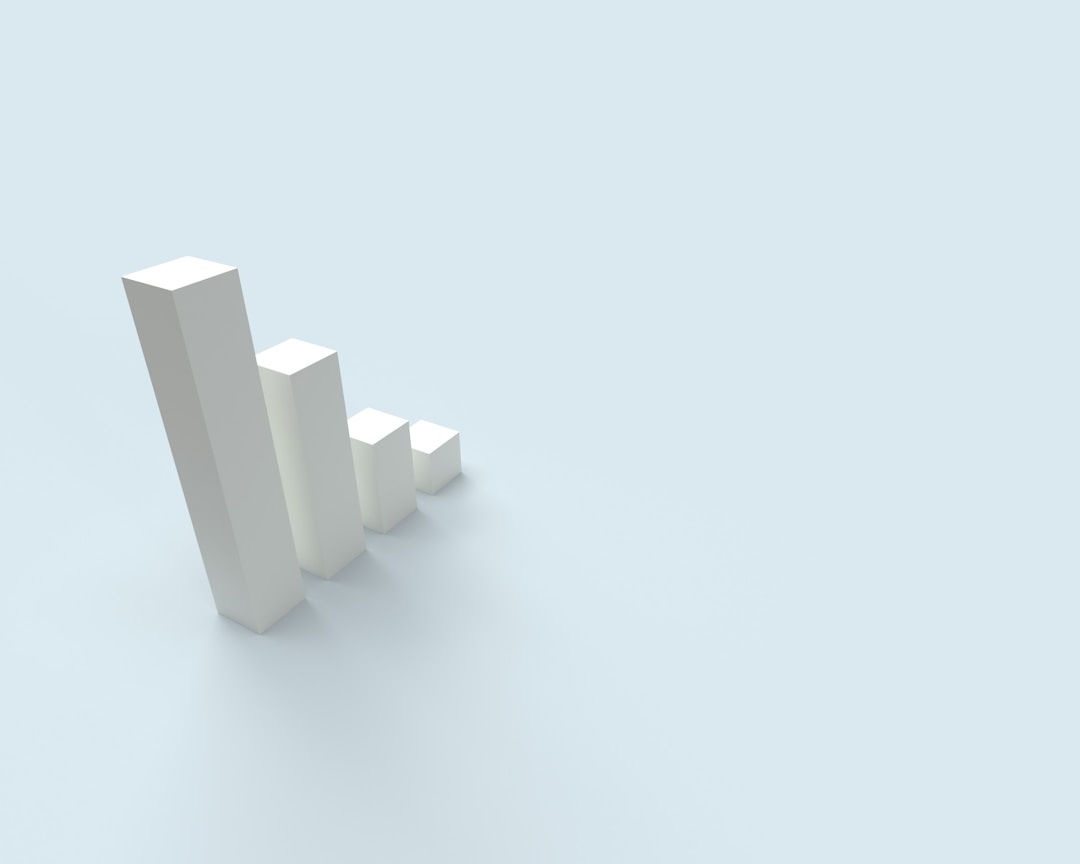Are There Different Types of Bar Chart? With the advent of data-focused decision-making in businesses and organizations, effective method...
Are There Different Types of Bar Chart?
With the advent of data-focused decision-making in businesses and organizations, effective methods of data visualization have become critically important. Among the many data visualization tools, bar charts are widely utilized due to their simplicity and straightforwardness. They effortlessly transform complex data into comprehensible information. In this article, we examine the significance of bar charts, their variants, and their implications in data representation.
Understanding the Basics of Bar Charts
Essentially, bar charts are graphical renditions of data that use rectangular bars to represent different values. Each bar's length or height corresponds with the value or quantity it represents. This forms a meaningful connection between the visual representation and the underlying data.
Bar charts are extremely versatile. They can be customized to represent data horizontally or vertically, hence accommodating diverse data types and audience preferences. Furthermore, bar charts confidently handle both discrete and continuous data, serving multiple purposes in different fields.
To better grasp the types of bar chart, one needs to understand their underlying concept first. The overall purpose remains the same: to condense numbers and data into more visually appealing and easily digestible images.
Varieties of Bar Charts for Data Representation

Alt text: One example of the types of bar chart showing a light blue background with white bars
Bar charts come in several types, each with its unique presentation style and purpose. Some of the popular types include the horizontal bar chart, the vertical bar chart, the stacked bar chart, and the grouped bar chart.
Horizontal bar charts are ideal for representing numerous categories or long category labels. Vertical bar charts, also known as column charts, are suited for displaying changes over time.
Stacked bar charts, on the other hand, offer a visual breakdown of sub-categories within each category. This provides a more comprehensive view of the data presented.
Lastly, grouped bar charts display multiple data groups side by side, offering an intuitive comparison between different sectors. Each of these types plays a vital role in exhibiting diverse types of data.
Dive Into Horizontal Bar Charts
As the name suggests, horizontal bar charts have bars running horizontally across the chart. They are particularly useful for visualizing long category labels or a large number of data categories.
The horizontal arrangement of bars enables viewers to easily compare the categories represented. It also puts the category labels, which can be extensive, in a clear, legible format that improves data comprehension.
Moreover, horizontal bar charts are often favored in presenting survey results or when the order of categories is critical.
All in all, the main advantage of horizontal bar charts over their vertical counterparts lies in their optimal readability and ease of interpretation, especially with lengthy category names.
The Utility of Stacked Bar Charts
Stacked bar charts serve as a handy tool when illustrating the sub-category distribution within each main category. In these charts, the bars are divided into segments that denote different sub-categories.
A single bar represents a category, and further subdivisions on that bar indicate the contribution of each sub-category. The length or height of each segment corresponds to its part of the total value.
This unique structure makes stacked bar charts perfect for presenting a combination of whole-to-part and part-to-part relationships, painting a comprehensive picture of the data.
Of course, it’s fundamentally important to remember that the effectiveness of these charts highly depends on the clarity of the annotations. Without proper labeling, deciphering these charts can be a challenge for the audience.
Deciphering Grouped Bar Charts

Alt text: Businessman using a tablet device to review the types of bar chart available
Also known as multiset bar charts, grouped bar charts display data from multiple groups side by side. This design allows the audience to easily compare and analyze various categories concurrently.
These charts excel in scenarios where a side-by-side comparison of multiple data sets is necessary. This is particularly useful in business scenarios where managers may need to compare metrics for different years, products, or groups.
Nonetheless, one needs to pay careful attention while designing these charts. Too many bars or categories can instead lead to complexity and hinder the interpretation process.
Altogether, it's evident that different types of bar charts serve different purposes, and understanding their application can optimize data representation. Be it a simple horizontal bar chart, a comprehensive stacked bar chart, or a comparison-oriented grouped bar chart, each carries its unique attributes that aid in delivering clear, compelling insights.












